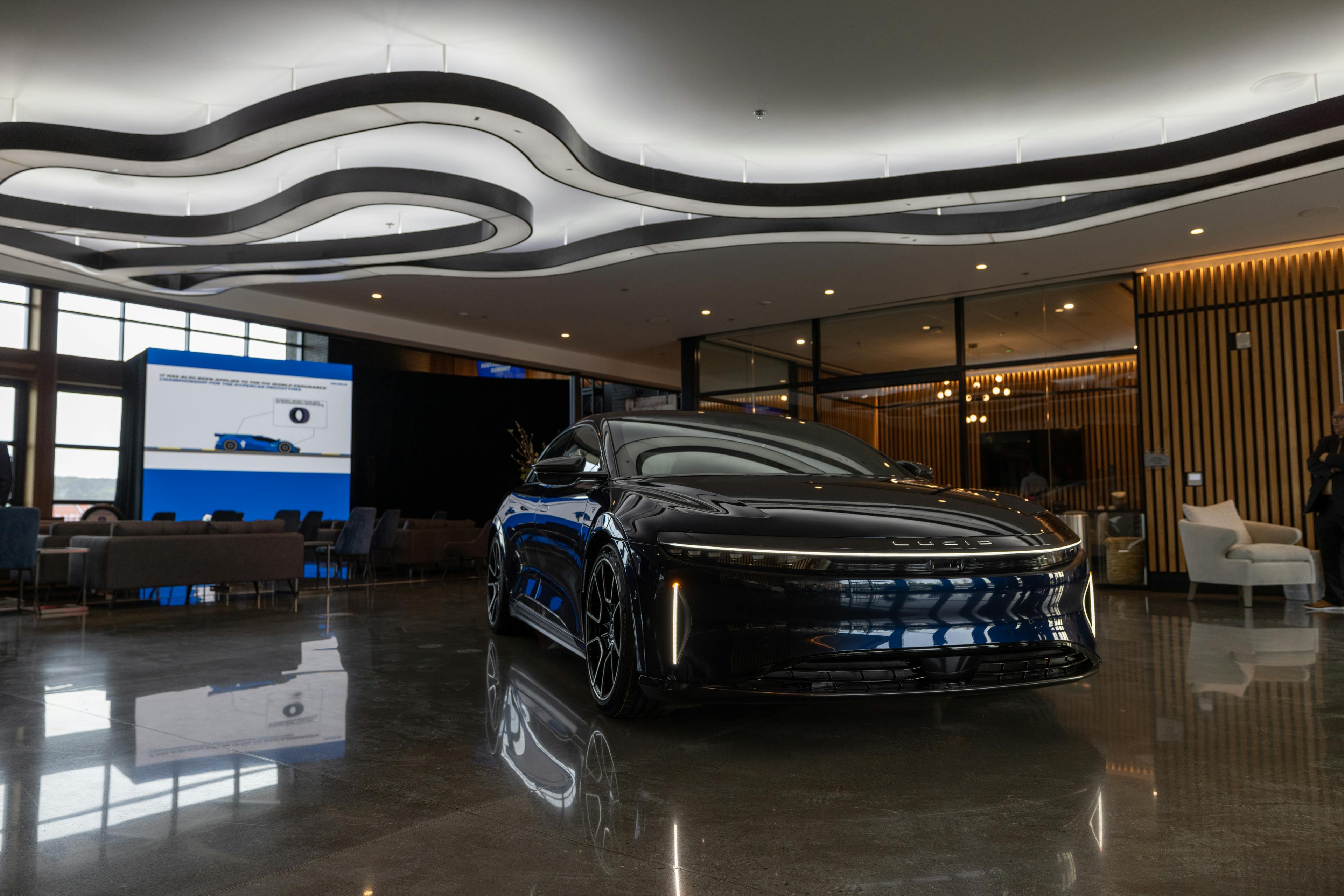What is one of the biggest oppositions to EV ownership cited by people who don’t think you should buy an EV? Tire wear.
While it is true that heavier vehicles with instant torque are likely to experience tire wear quicker than lighter vehicles with non-instant torque, it doesn’t have to always be that way. When designing a tire to be more sustainable, the tire can also be engineered to last longer. Michelin sees that as an opportunity.
We sat down with Michelin North America’s President and CEO Alexis Garcin to talk about what the company is doing to make tires that are better for the environment, and why a company in the consumables business wants to potentially sell fewer tires.
“We were the first company to introduce low rolling resistance tires in 1992,” Garcin tells us. “Sustainability is at the core of what we do.”
Since the development of low rolling resistance tires, Michelin has created tires for all types of vehicles, including working with EV manufacturers for special tires for the specific needs of each client. For example, the Lucid Air Sapphire is running a set of Michelin performance tires that was designed by Michelin with direct input from Lucid.
“Now, nearly are our entire lineup is an ‘EV friendly’ tire and we’re working toward reaching a goal of 40% average renewable and recycled materials in all of our tires by 2030,” he adds.
The idea of “EV friendly” sounds more like marketing than substance, and we asked what makes a tire have that branding within Michelin.
“All tires work on EVs,” Garcin says. “But as we develop our newer sustainable tires, all of our tires will perform better, including on EVs.”
“So by making every tire work better then the whole lineup just works better with EVs,” we ask.
“Yes.”
We wouldn’t be surprised to see the EV friendly moniker go away at some point, since all of the tires are designed with working on an EV in mind.
We do know that tire wear is an environmental concern, along with a practical concern, and we were able to test drive a Ford Explorer with a tire made of 42% recycled and renewable materials. It should come as no surprise that it behave like a normal tire, but it should be pointed out that this tire technically exceeds the goal set for 2030 in the year 2024.
Granted, that tire was only a prototype and not on sale, but the company is moving quickly.
Though, one nagging thought we had throughout our day, and our interview with Garcin, was about the fact that Michelin is in the consumable business.
“Tires are consumables,” we prompt Garcin. “Explain to [us] why a company that needs to make a profit and is responsible to shareholders wants to sell less tires by making them last longer.”
Garcin chuckles a bit then replies, “We want to sell a high quality product. We want customers to know when they buy a Michelin tire they’re getting the best for their business or their family. We want them to know they’ll have lower operating costs, lower maintenance costs, and that they’re getting their money’s worth out of our product. We want customers to trust us and keep coming back.”
Michelin tires do tend to be a bit pricier than some of the competition. Looking on Tire Rack the day of this article’s publication for replacement tires for the Tesla Model 3, a set of high-performance all-season tires is around $30 per tire more expensive for the Michelin over the comparative Pirelli option.
But, if you knew the tire would last longer than the Pirelli, that might make the difference.
Michelin is working on a myriad ways to green up transportation, from making more sustainable tires to investing in hydrogen fuel cell technology. The company is even working on giant, sustainable sails to add to cargo ships to cut greenhouse gas emissions by 20%.
The company is working on a lot of cool stuff with an eye toward sustainability. While every single idea the company invests in might not be successful, the company is clearly investing ways to ensure its business is sustainable and profitable in the years to come.

